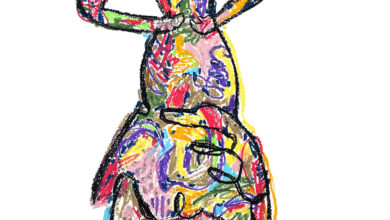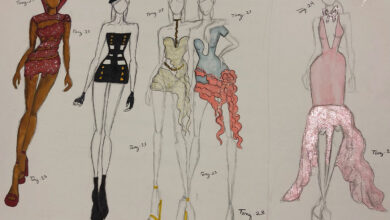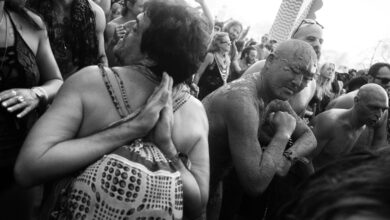Zoot Sees
BASQUIAT: An everlasting legacy
Albertina Museum hosts Austria's first retrospective of the legendary artist Jean-Michel Basquiat
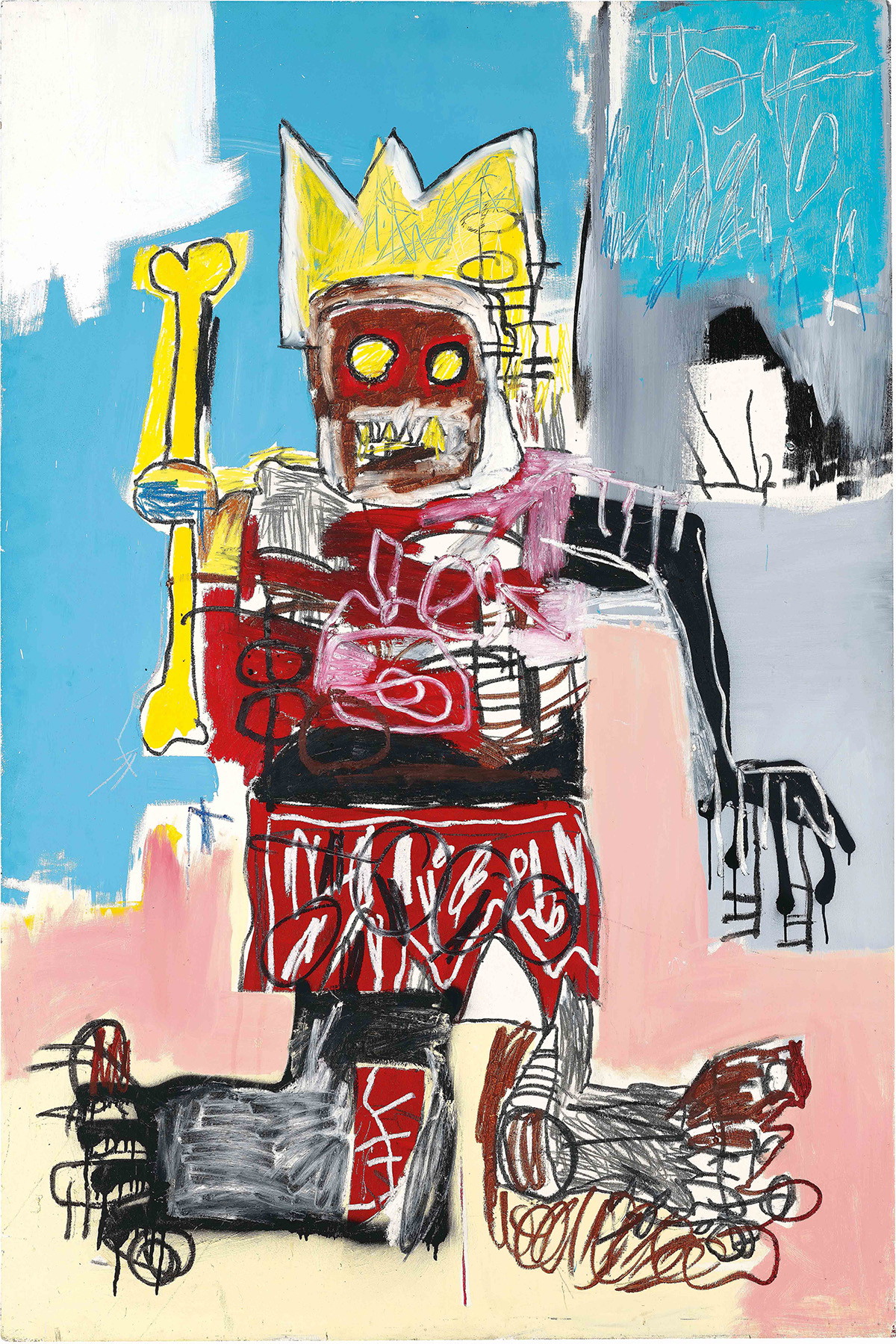
Visionary and exceptional are just some words to describe the iconic artist Jean-Michel Basquiat. His visual language marked New York’s art scene in the 1980s and made him one of the most well-known and praised contemporary artists. With around 50 art pieces, the exhibition “Jean-Michel Basquiat: Of Symbols and Signs” is being displayed at Albertina Museum in Vienna until 8 January 2023 and showcases a remarkable anthology of the artist’s works from renowned public and private collections.
Words by Fernanda Russomano
Born in New York in 1960, Basquiat was a self-taught artist who began to attract attention in the late 1970s for being a part of the graffiti duo SAMO. Alongside artist and friend Al Diaz, SAMO was a graffiti tag accompanied by short cryptic aphorisms that were spray-painted by the duo around the streets of Lower Manhattan.
After dropping out of high school and running away from home at the age of 17, Basquiat began selling T-shirts featuring his artworks and hand-painted postcards on the streets of New York as a way of making a little money. Many believe that this is how he met world-renowned artist and friend Andy Warhol—with whom he would later collaborate in a series of famous art pieces—by approaching Warhol at a restaurant in SoHo and managing to sell him one of his postcards.
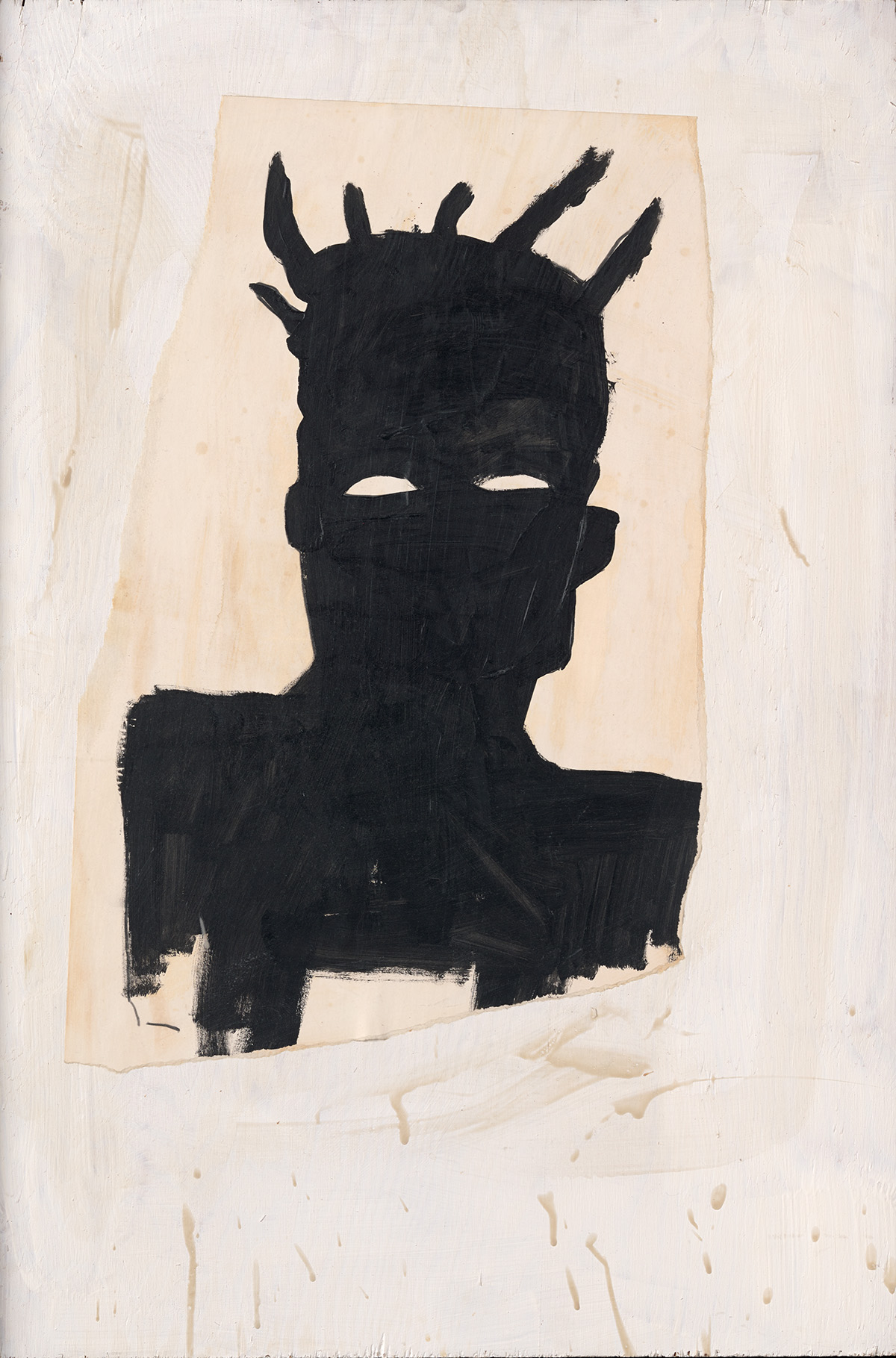
It was only in the beginning of the 1980s that Basquiat’s Neo-expressionist paintings were publicly exhibited and critically acclaimed by the art world for his artistic blend of words, symbols, stick figures and animal-like shapes. Not long after, the artist began his rapid ascent to fame, adored by an art-loving public that couldn’t wait to get their hands on a Basquiat original painting. Unfortunately, the artist wasn’t able to endure the accelerated rise to success for long. He died on 12th August 1988, at the age of 27, from a heroin overdose.
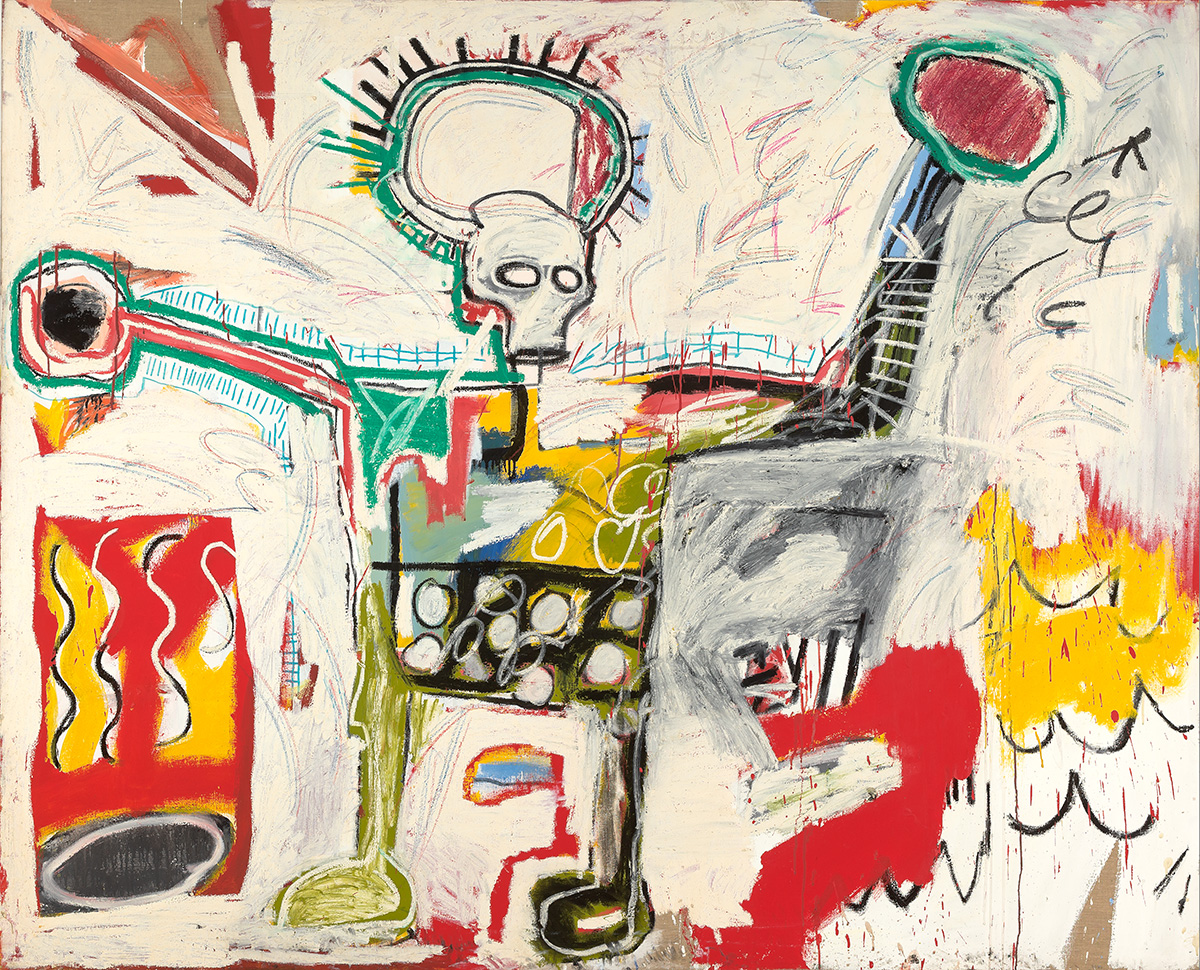
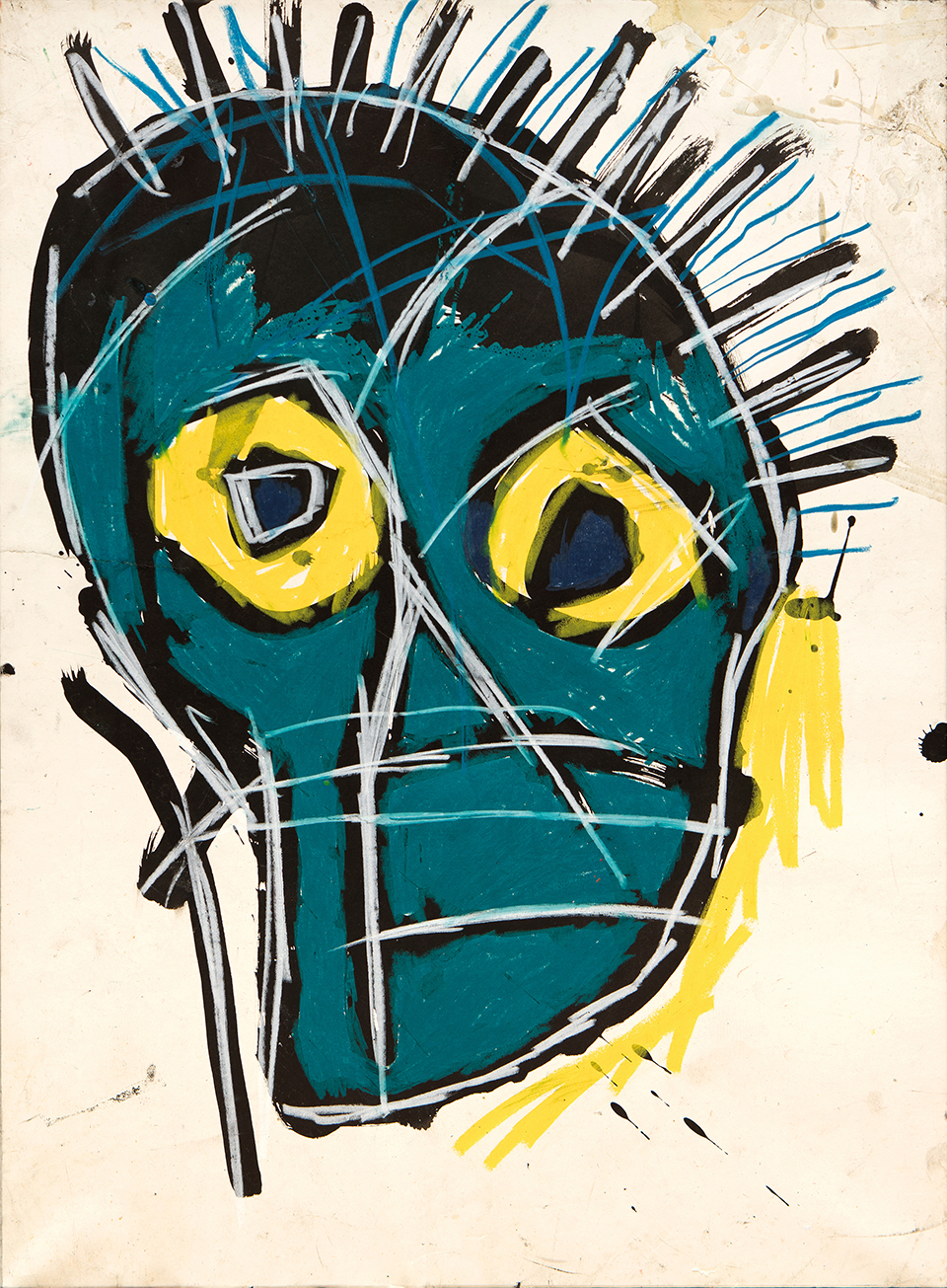
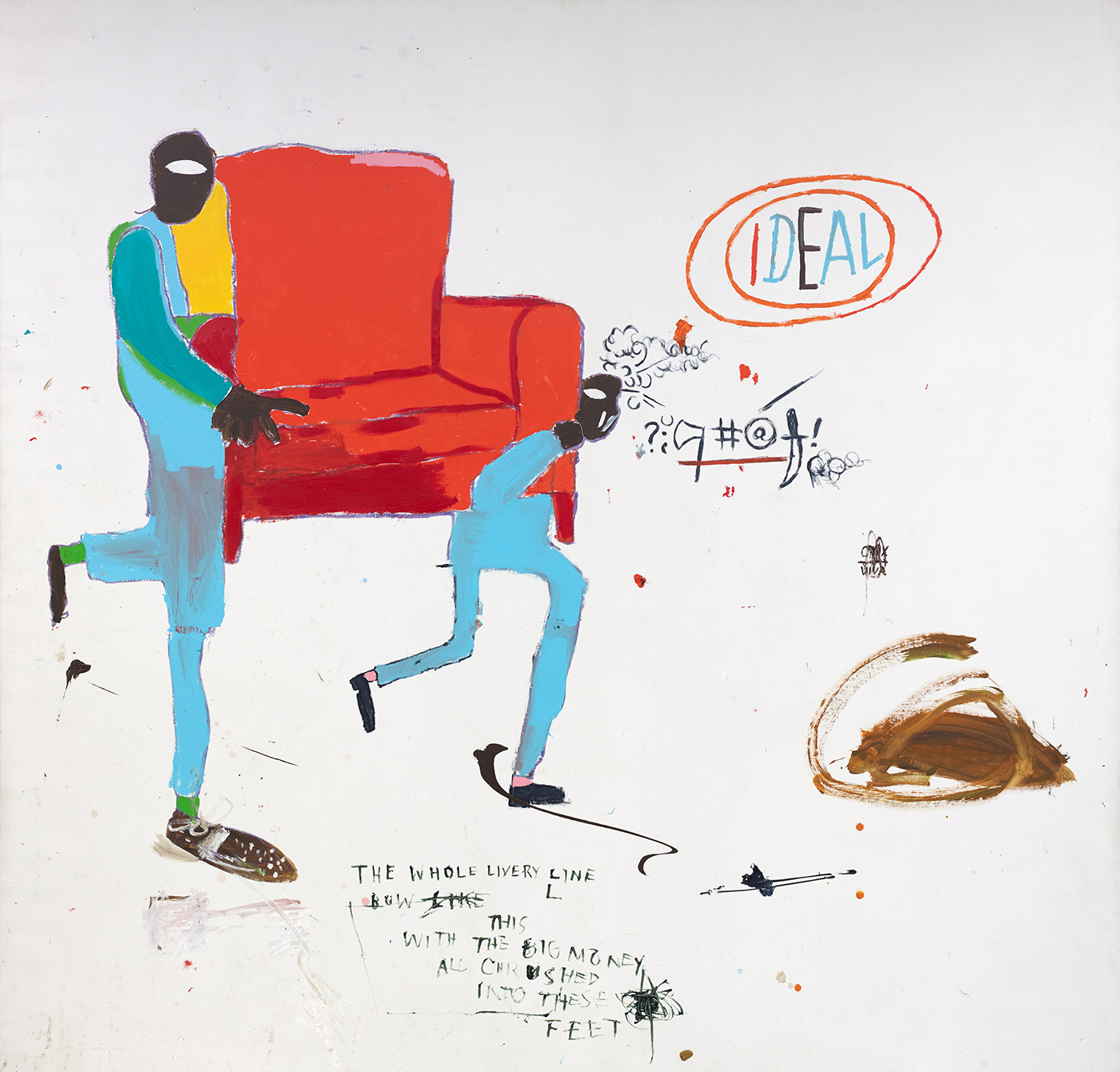
Heavily influenced by his graffiti background, Basquiat used his art as a means of political criticism, usually referring to contrasting realities, such as wealth and poverty or integration and segregation. Frequently blending imagery with text, his paintings critiqued social issues such as problematic hierarchies and racism.
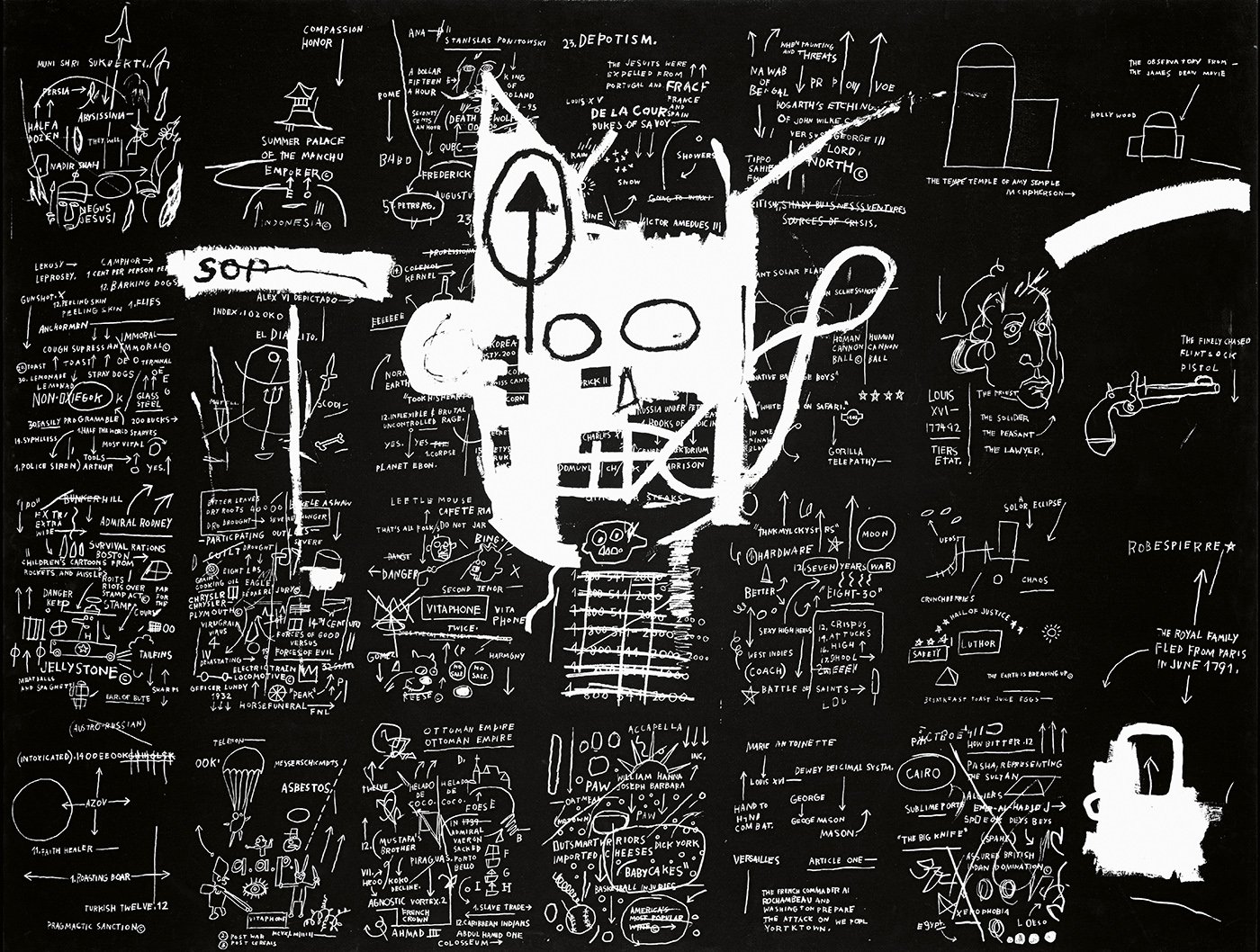
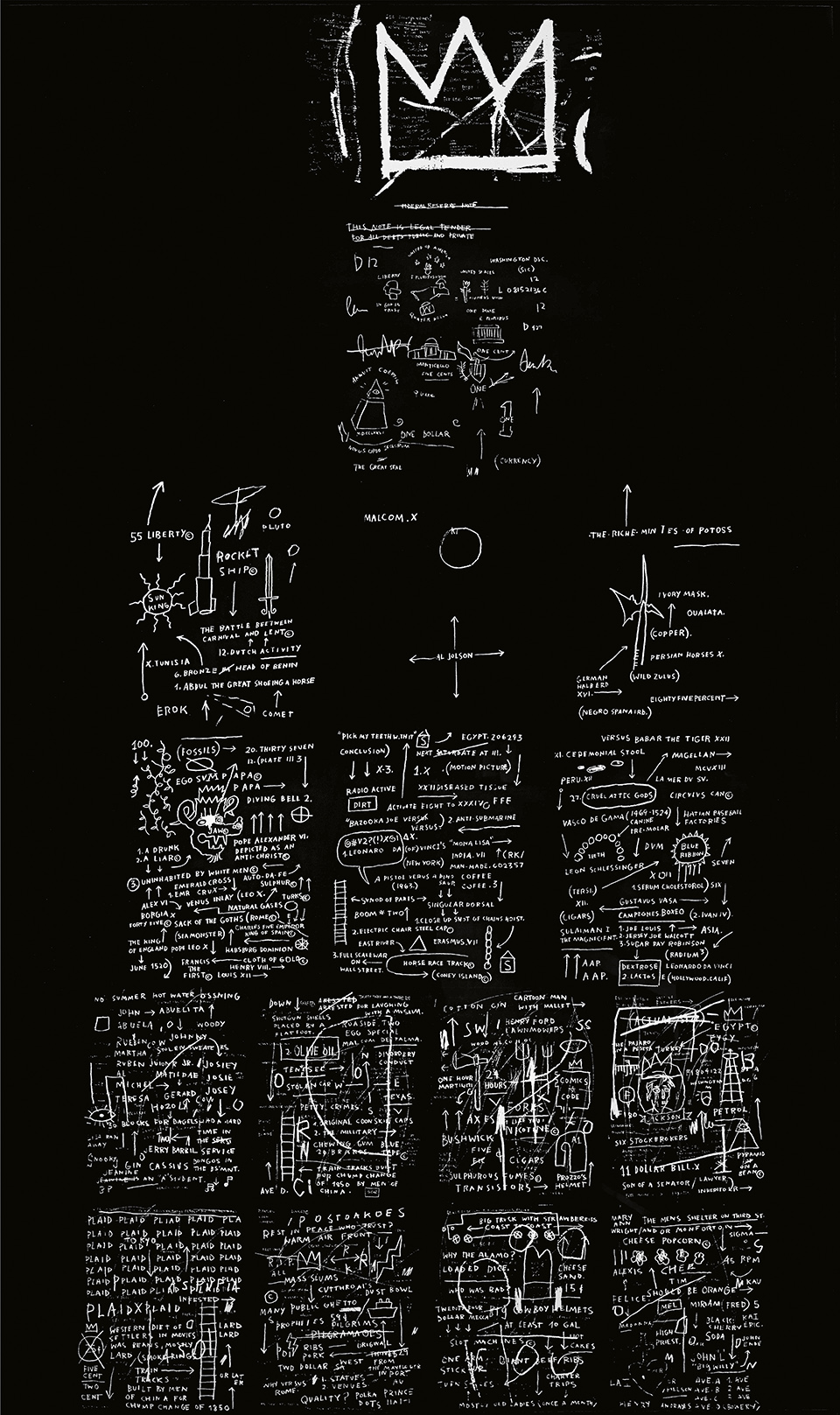
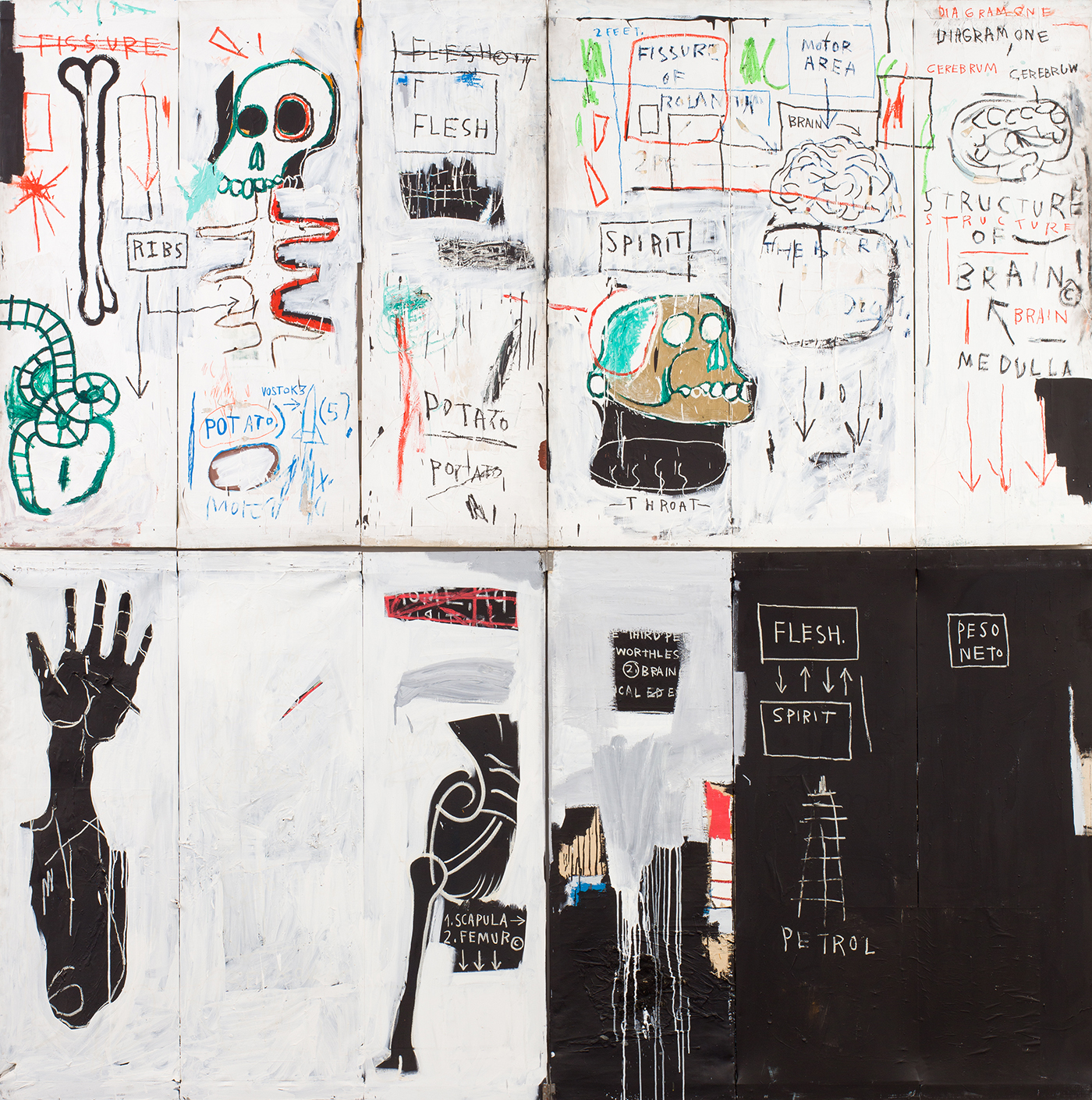
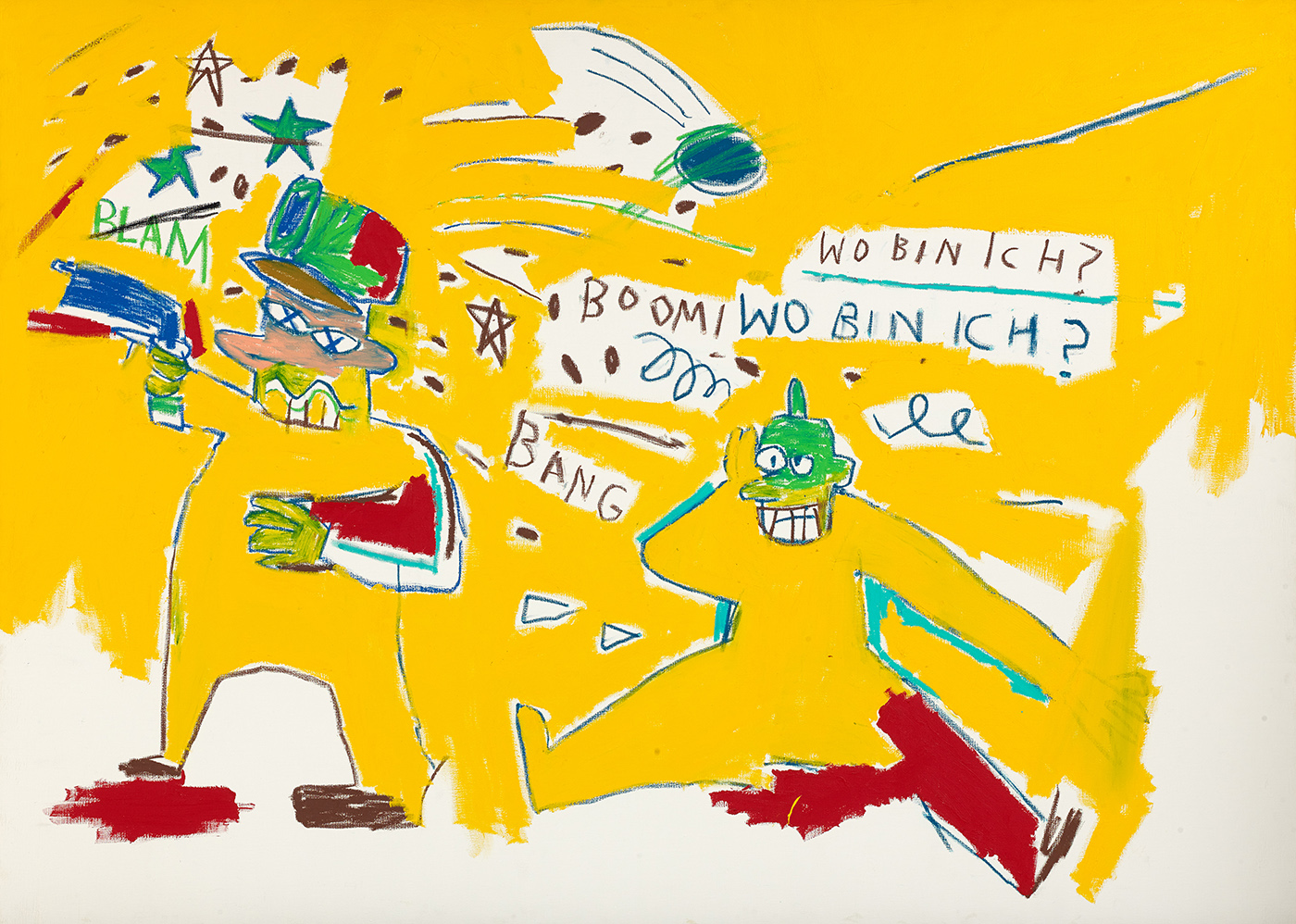
As the son of a Haitian father and a Puerto Rican mother, Basquiat became the first world-famous artist of Afro-Caribbean heritage and has been recognized for introducing Black and Latino art into the elite art world. Still today, Basquiat’s paintings are admired world-wide and highly valued. In 2017 his Untitled piece from 1982 — a painting of a skull-like figure against a mostly blue background — became Basquiat’s most expensive work, selling for $110.5 million to the Japanese billionaire Yusaku Maezawa.
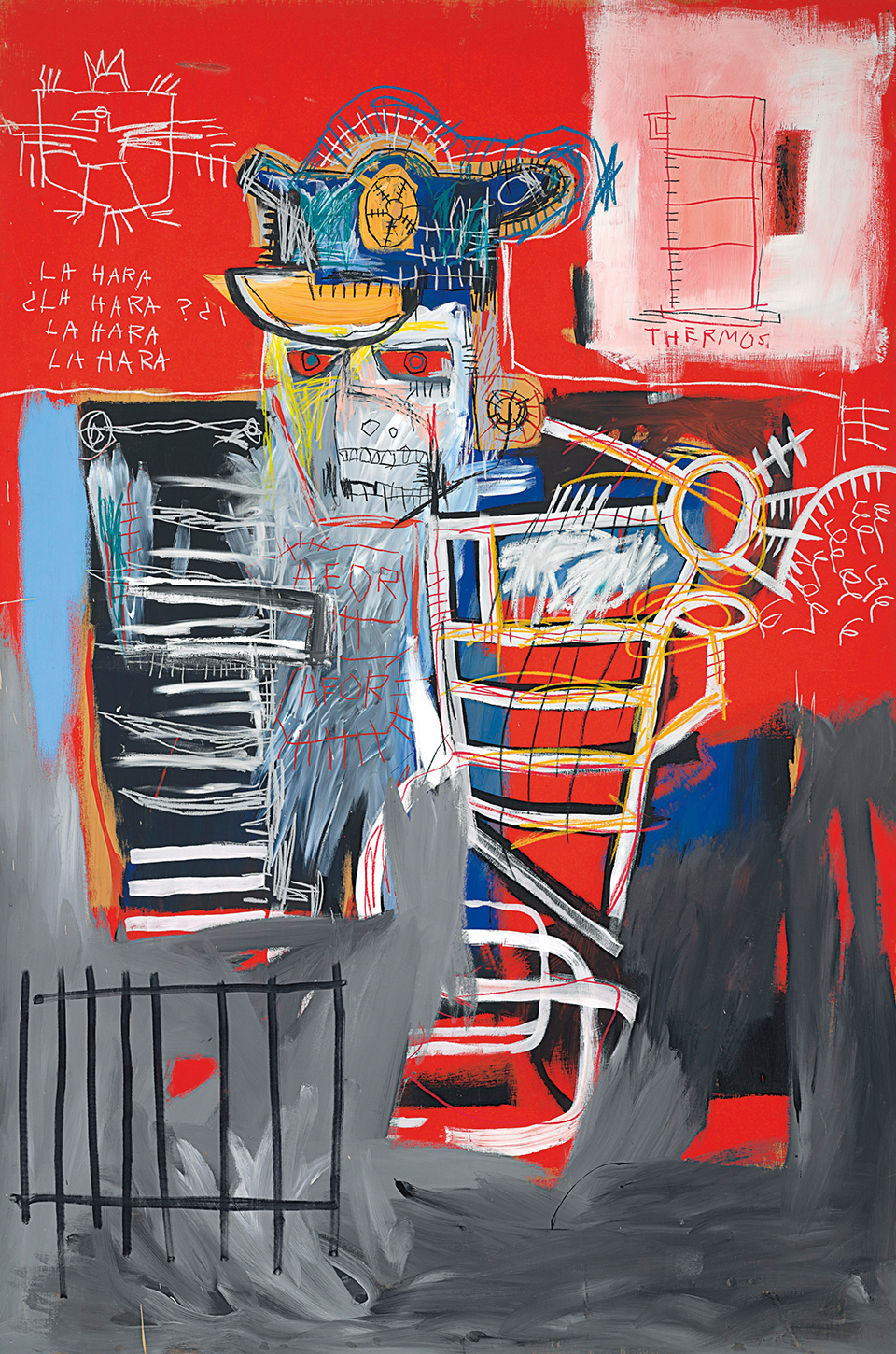
For its fall exhibition, Albertina Museum brings to Vienna’s city center a unique retrospective on Jean-Michel Basquiat’s brief career through a collection of some of his unique original paintings, on display until 8th January 2023. For more information visit the Albertina Museum’s website.


